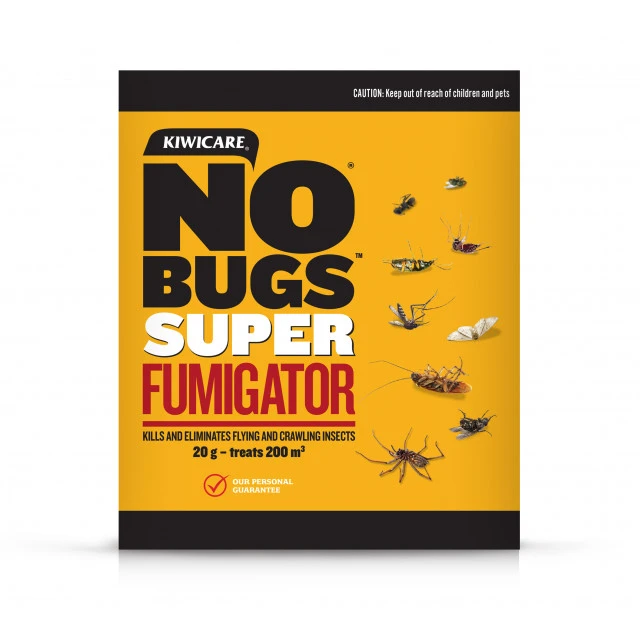Solve problems in and around your home.
Start Problem Solver

You may not notice these beetles except when they collect on the window sills or corners of the rooms in your house, but you will notice the tell tale flight holes and damage to wood around your home.
Common Borer - Also known as: Furniture Beetle, Woodworm Beetle, Bora Beetle, Anobium punctatum and Native Borer Leanobium flavomaculatum.
House borer (both common and the native ) are pests of major economic importance in New Zealand, the significance of which is not yet adequately recognised. As New Zealand houses get older the damage to timbers accumulates and attacked timbers become progressively weaker. It is not uncommon for weather boards, floorboards, joists and other structural timbers to need replacing due to weakness caused by borer. The holes and labyrinths created by borer larvae also allow water to penetrate many timbers and increases rot by fungi.
The larvae (woodworm), after 2 - 4 years spent tunnelling inside the wood will exit as the adult beetle via a round hole 1 - 2mm in diameter. Cutting out this trapdoor is their final wood destroying act. They emerge in order to breed, will not eat any more timber and will die within 3 - 4 weeks.
Life cycles
Anobium spp.
Egg-larvae 14-28 days
Larvae-pupae 2-3 years
Pupae-adult 21-60 days
Adult-beetle 3-4 weeks
> Exits October - February.
> Rounded holes 1-2mm.
> Attacks only soft sapwoods.
Other Borer - The Longhorn borer beetles include the Two-Toothed Longhorn, Ambeodontus tristis, Burnt Pine Longhorn and Huhu grub beetles. The grubs or larvae of these beetles feed on dead timber and the Two-Tooth is a major pest damaging timbers in buildings and damaging timber in the timber industry.
Longhorn beetle family is a large and diverse beetle family, with 180+ species endemic to New Zealand. They are long, with narrow bodies and very long antennae. The adult beetles may be found on flowers where they feed on nectar but the adults of some species adults do not feed at all. The huhu beetle is one of the largest New Zealand beetles.
Because the Longhorn beetles are much larger than house borer beetles the labyrinths and flight holes of these beetles is correspondingly larger. The larvae of Two-Tooth borer often cause severe damage to rimu floors and other timbers. As well as being larger than common borer flight holes, the Two Tooth Borer flight holes are approximately 3-4mm across, the flight holes of Longhorn beetles tend to be oval rather than round.
Damage caused by the Two Tooth Borer beetle larvae and other longhorn beetles can be controlled by the same treatment as for common house borer.
Ambeodontus tristis (New Zealand Native)
> Two Toothed Longhorn.
> 5 - 7 years inside wood.
> Exits March-May.
> Oval holes 2mm x 6mm.
> Attacks soft & heart wood.
To get rid of borer follow these steps:
Other wood boring insects causing damage to building timbers include the Longhorn Beetles such as the Two-Toothed Longhorn and Burnt Pine Longhorn beetles. These are much larger beetles than the common house borer and consequently their larvae produce larger labyrinths and flight holes. Two-Tooth Borer in particular cause major damage to building timber and readily attack rimu. The following measures will control Longhorn damage as well as common borer and other wood boring insects.
If solvents such as turpentine or kerosene are used with NO Borer Total Wood Protection concentrate they carry insecticide deep into the timbers but will leave a solvent smell for some days. Ventilation will help to dissipate the odour more rapidly. Using water to dilute means there will not be an odour and it gives almost as deep penetration.
NO Bugs Super Bug Bomb can be used in place of NO Bugs Super Fumigator as the borer bombs.

Low odour, fire–safe, deep penetration, water based* protection of wood from borer and other wood boring insects…

Kill and eliminate flying and crawling insects with a fast and effective knockdown of a wide range of bugs.

Flight hole treatment to kill borer and prevent re–infestation. For long–lasting timber protection from borer.